The Ultimate Guide To Choosing The Best Hosta Companions
The Ultimate Guide to Choosing the Best Hosta Companions
Hostas are one of the most popular perennials in the world, and for good reason. They are easy to care for, come in a wide variety of colors and leaf shapes, and can provide beautiful foliage all summer long. But if you want to create a truly stunning hosta garden, you need to choose the right companion plants.
In this guide, we will discuss the factors to consider when choosing hosta companions, as well as some of the best plants to pair with hostas. We will also provide some tips on how to create a harmonious and visually appealing hosta garden.
Factors to Consider When Choosing Hosta Companions
There are a few factors to consider when choosing hosta companions. First, you need to think about the size of your hostas. If you have large hostas, you will need companion plants that are tall enough to not be overwhelmed. If you have small hostas, you can choose companion plants that are shorter or even groundcovers.
Second, you need to think about the color of your hostas. If you have green hostas, you can choose companion plants in a variety of colors. However, if you have blue or yellow hostas, you will want to choose companion plants that complement their colors.
Third, you need to think about the bloom time of your hostas. If your hostas bloom in the spring, you will want to choose companion plants that bloom in the summer or fall. This will help to extend the bloom time of your garden.
Finally, you need to think about the light requirements of your hostas. Most hostas prefer partial shade, but there are some varieties that can tolerate full sun. You will need to choose companion plants that have similar light requirements.
Some of the Best Plants to Pair with Hostas
Now that you know what to consider when choosing hosta companions, let's take a look at some of the best plants to pair with hostas.
- Astilbe: Astilbe is a tall, airy plant that comes in a variety of colors, including pink, white, and purple. It blooms in the summer, and it is a great choice for companion plants for blue hostas.

- Bleeding heart: Bleeding heart is a delicate, heart-shaped flower that blooms in the spring. It is a great choice for companion plants for white hostas.
- Coral bells: Coral bells is a low-growing, spreading plant that comes in a variety of colors, including red, pink, and white. It blooms in the summer, and it is a great choice for companion plants for yellow hostas.
- Daylily: Daylily is a tall, colorful flower that blooms in the summer. It is a great choice for companion plants for hostas of all colors.
- Lily of the valley: Lily of the valley is a delicate, sweet-smelling flower that blooms in the spring. It is a great choice for companion plants for white hostas.
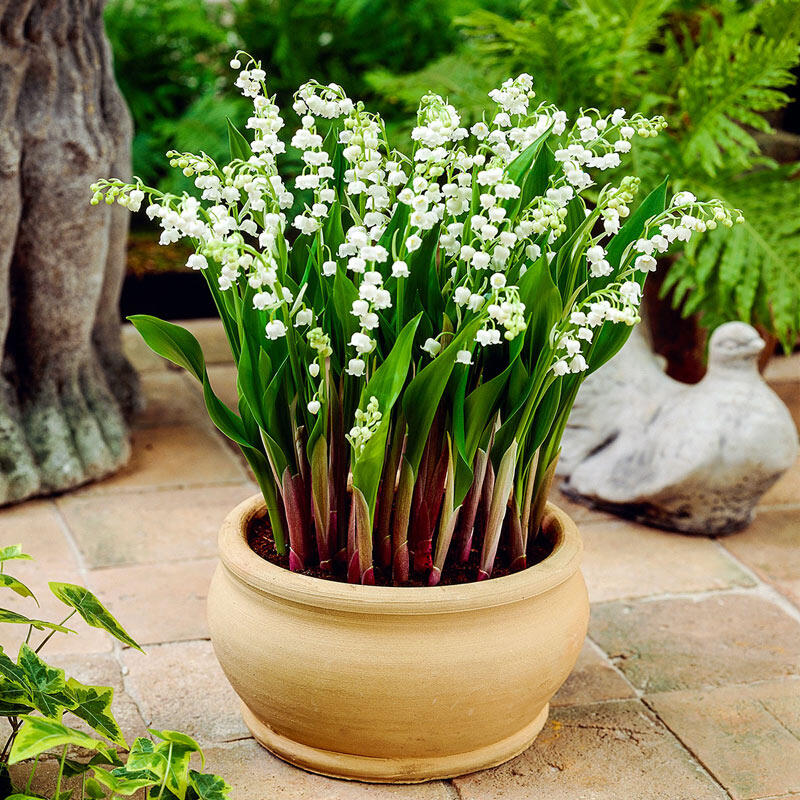
- Magnolia: Magnolia is a large, stately tree that blooms in the spring. It is a great choice for companion plants for blue hostas.
- Turtlehead: Turtlehead is a tall, spiky flower that blooms in the summer. It is a great choice for companion plants for yellow hostas.
Tips for Creating a Harmonious Hosta Garden
When creating a harmonious hosta garden, it is important to use a variety of different colors, textures, and heights. This will help to create a visually appealing and interesting garden.
You can also use different types of hostas to create different effects. For example, you can use large hostas to create a backdrop, and small hostas to fill in the spaces. You can also use different leaf shapes to create visual interest.
Finally, don't be afraid to experiment. There are no hard and fast rules when it comes to companion planting. The most important thing is to have fun and create a garden that you love.
Conclusion
Hostas are a versatile and beautiful plant that can be enjoyed by gardeners of all skill levels. By choosing the right companion plants, you can create a stunning hosta garden that will be the envy of your neighbors.
Hostas are some of the most popular shade-loving plants, and for good reason. They come in a wide variety of colors, sizes, and shapes, and they're relatively easy to care for. But if you want to create a truly stunning hosta garden, you'll need to choose the right companions.
Some good hosta companions include:
- Astilbe: Astilbe adds a touch of delicate elegance to any hosta garden. It comes in a variety of colors, including white, pink, red, and purple.

- Ferns: Ferns add a touch of lushness and texture to any hosta garden. They come in a variety of sizes, from small groundcovers to large tree ferns.
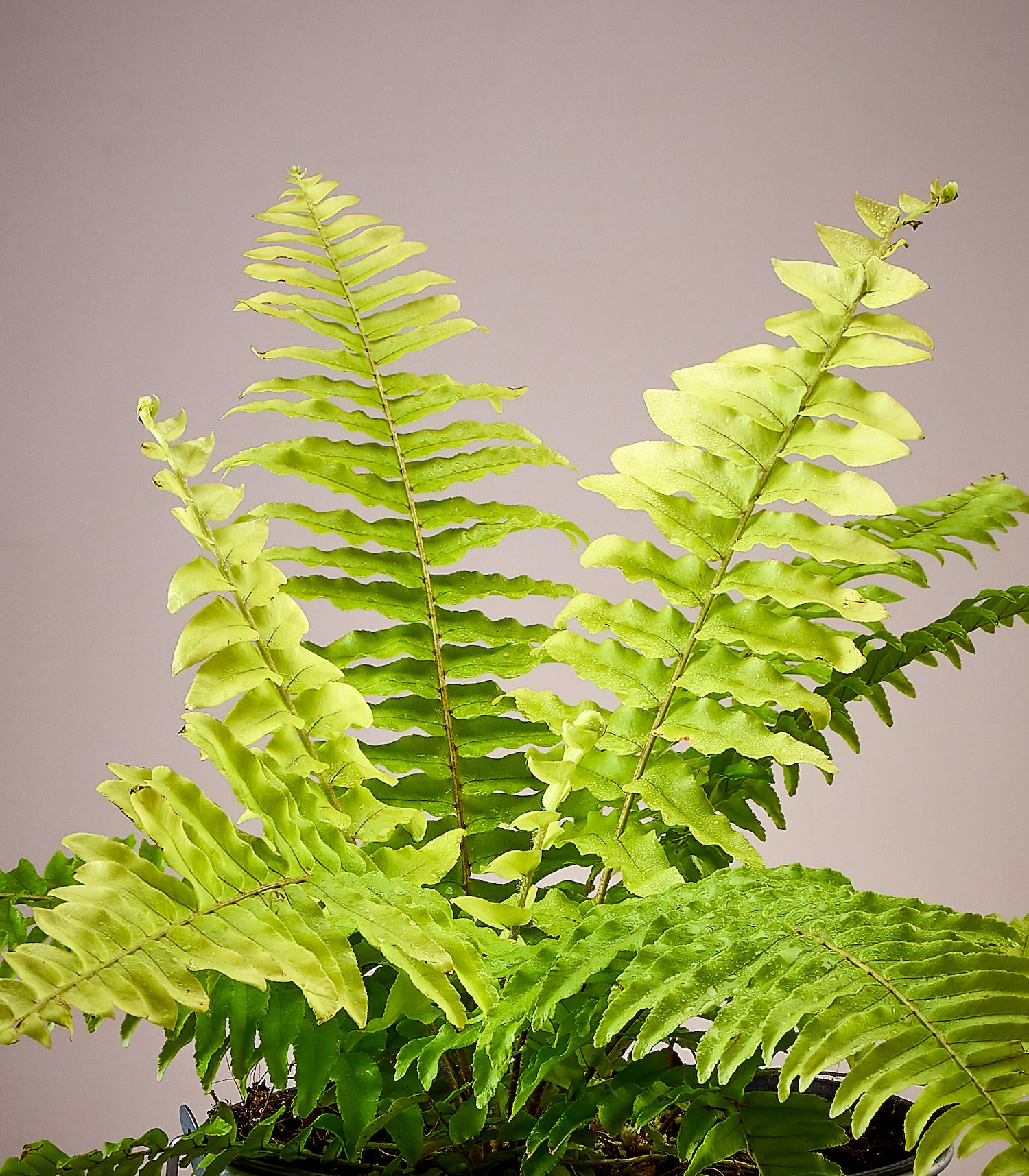
- Heuchera: Heuchera, also known as coral bells, adds a touch of brightness to any hosta garden. It comes in a variety of colors, including red, orange, pink, and yellow.
- Brunnera: Brunnera adds a touch of blue to any hosta garden. It's a low-growing plant that blooms in the spring with blue flowers.
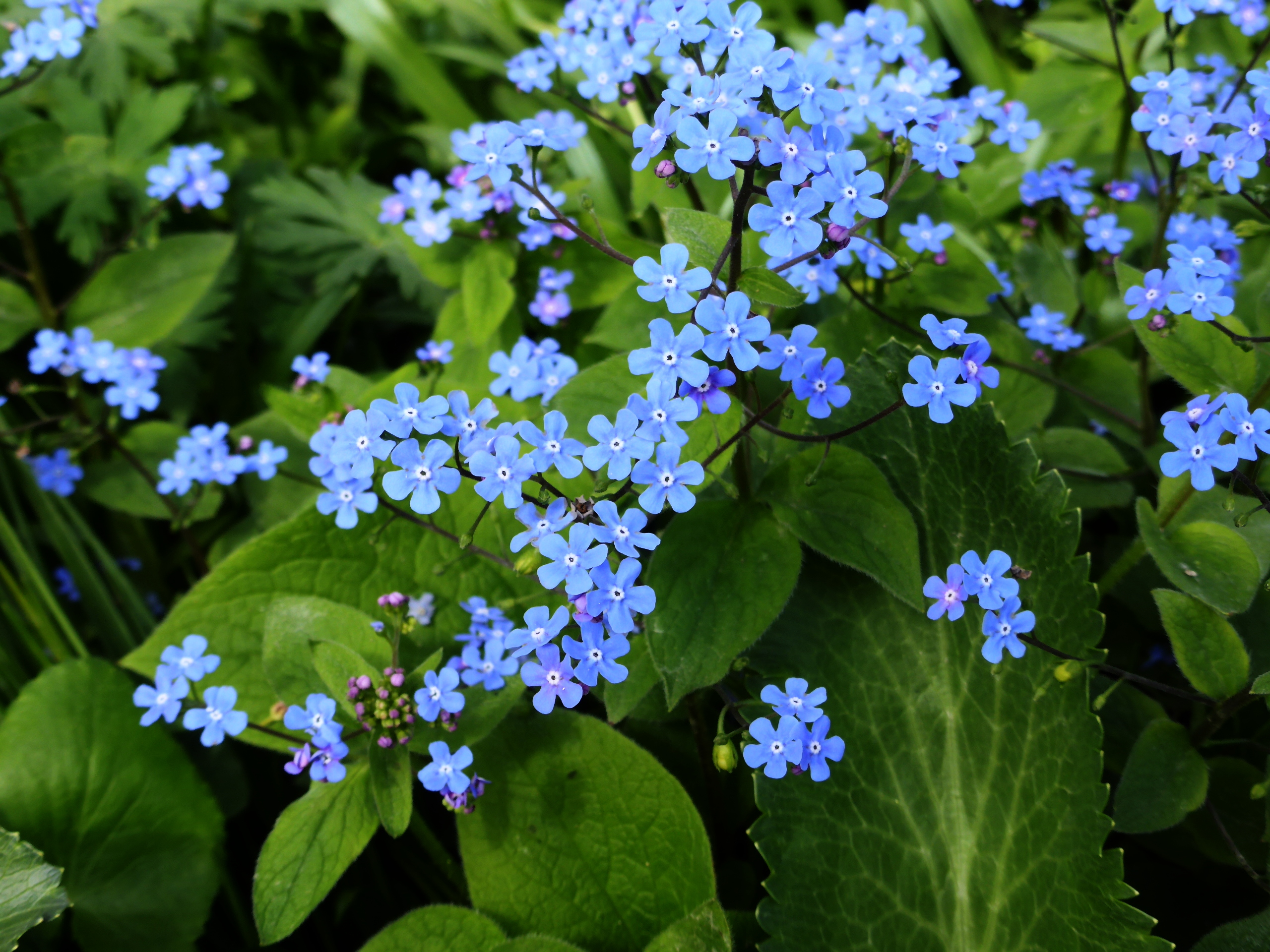
If you're looking for more inspiration, I recommend visiting Gardenia Inspiration. This website has a wealth of information about hosta companions, including plant descriptions, photos, and planting tips.
FAQ of hosta companions
1. What are the best plant companions for hostas?
Hostas are shade-loving plants, so it's important to choose companion plants that will thrive in the same conditions. Some good options include:
- Astilbe: This perennial plant has delicate, airy blooms that will contrast nicely with the hosta's foliage.

- Bergenia: This evergreen plant has attractive foliage and blooms in the spring.
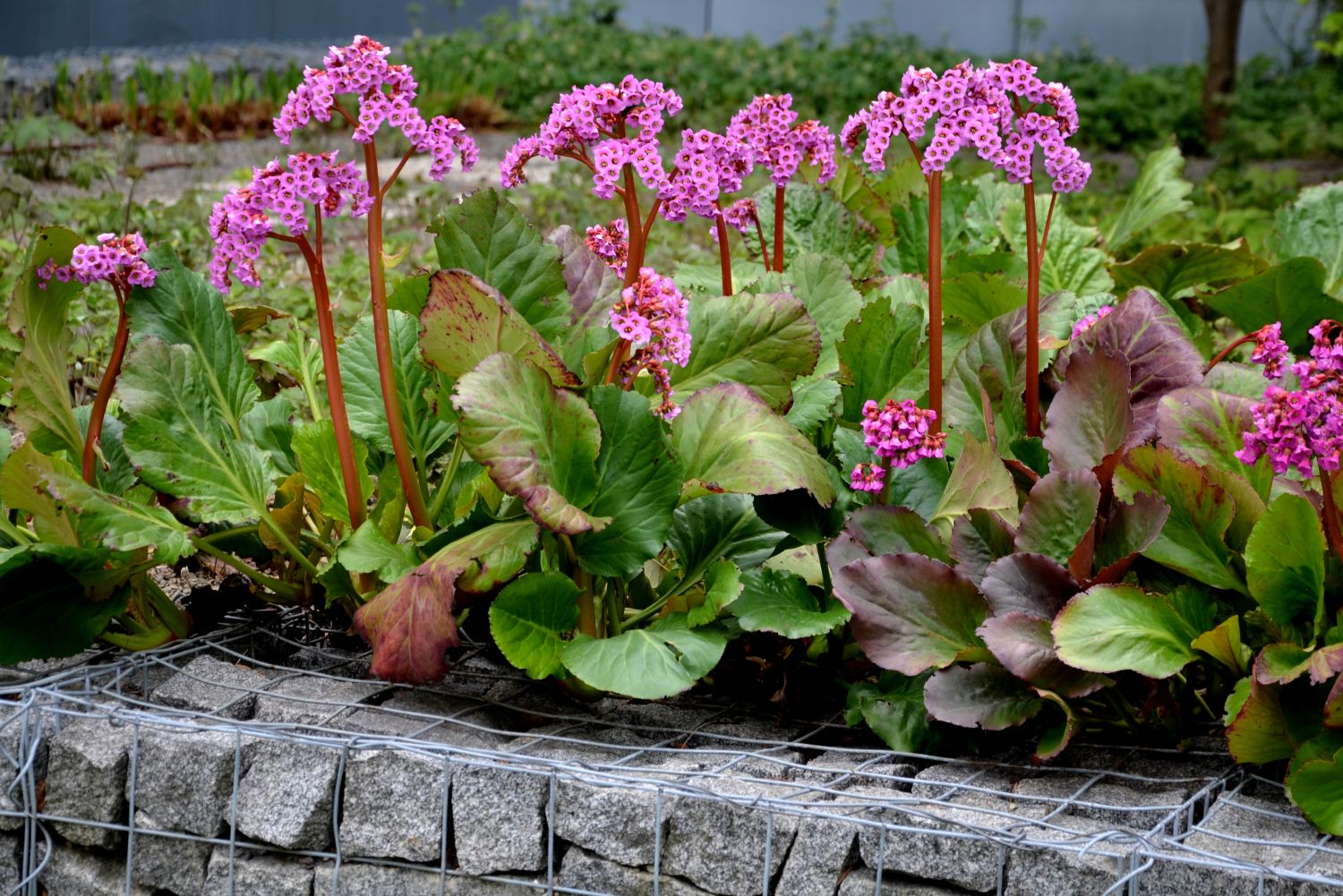
- Cranesbill (Geranium): This versatile plant comes in a variety of colors and sizes.
- Daffodils: These spring-blooming bulbs will add a pop of color to your hosta bed.
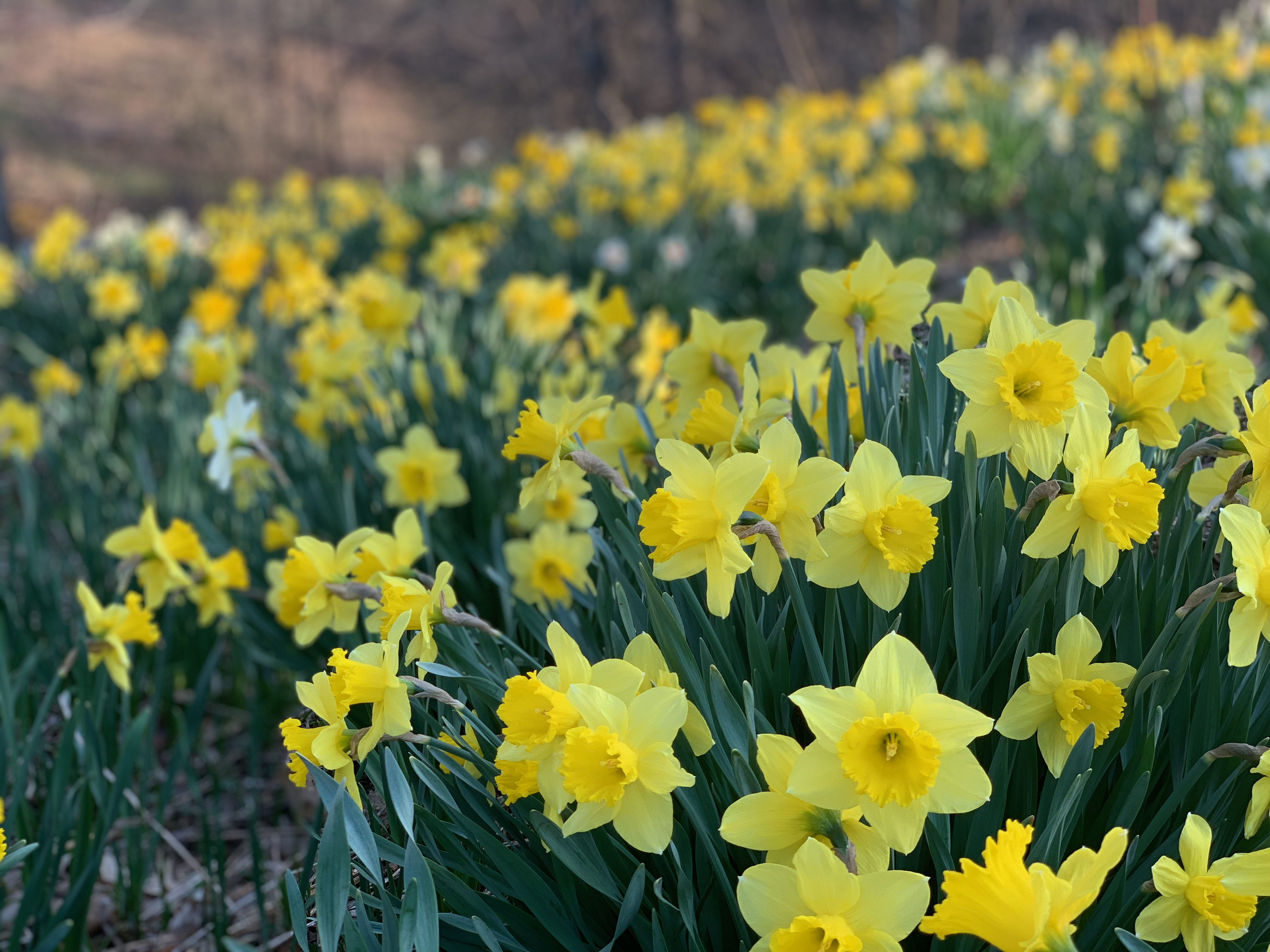
- Hyacinths: These fragrant bulbs will bloom in the spring and early summer.

- Muscari: These small, blue-purple flowers will bloom in the spring.

- Spurge (Euphorbia): This evergreen plant has interesting foliage and blooms in the fall.
- Solomon's seal: This shade-loving perennial has beautiful, white flowers in the spring.
- Trillium: This native plant has distinctive, three-petaled flowers that bloom in the spring.
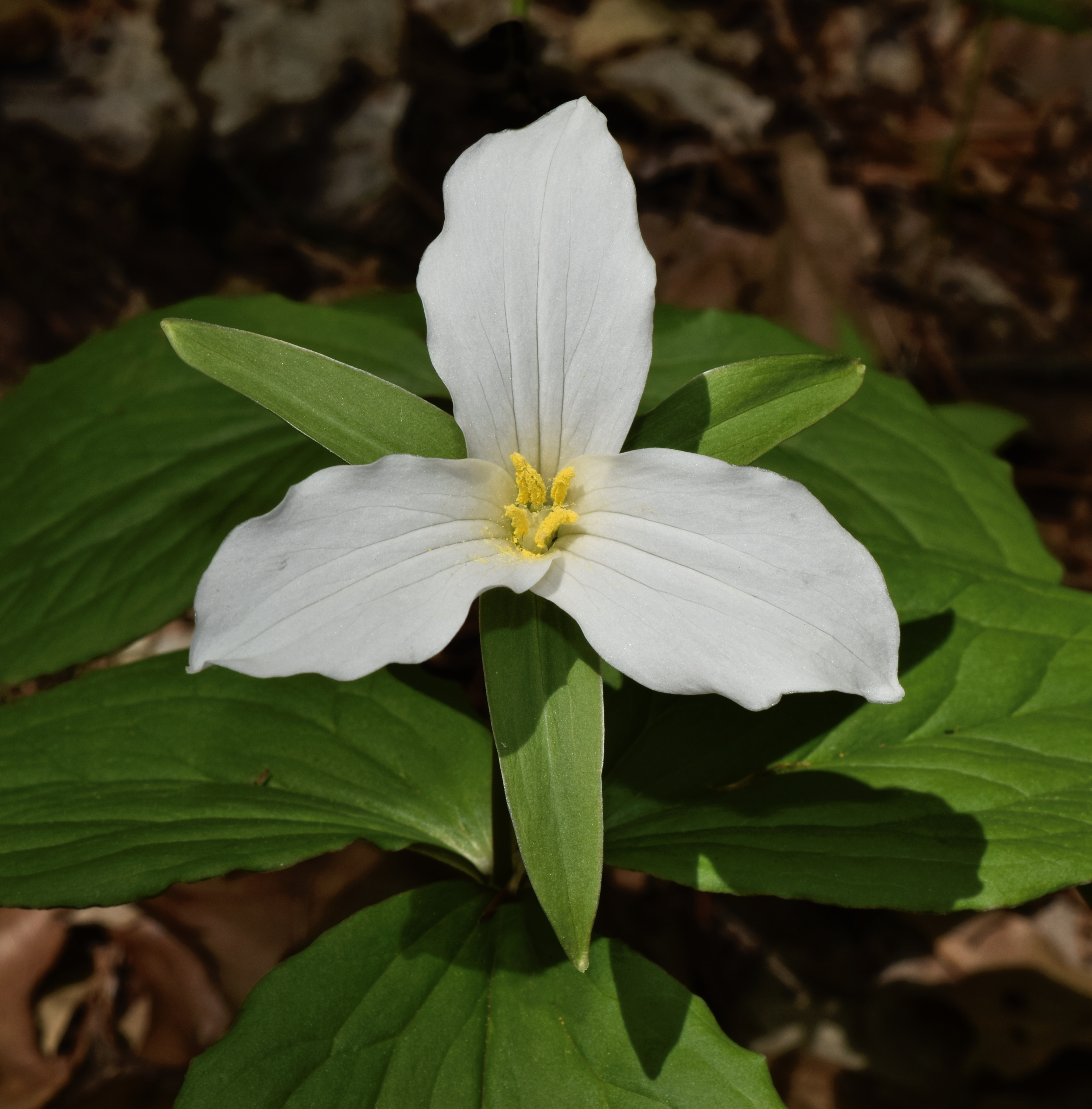
- Tulips: These spring-blooming bulbs come in a variety of colors and sizes.

2. What are the benefits of planting hosta companions?
There are several benefits to planting hosta companions. For one, they can help to fill in empty spaces in your hosta bed. They can also help to add height, color, and interest to your garden. Additionally, some companion plants can help to deter pests and diseases from your hostas.
3. What are some things to consider when choosing hosta companions?
When choosing hosta companions, there are a few things to keep in mind. First, you need to consider the size of your hostas. If you have large hostas, you'll need to choose companion plants that are also large. If you have small hostas, you can choose smaller companion plants.
Second, you need to consider the color of your hostas. If you have green hostas, you can choose companion plants in a variety of colors. However, if you have variegated hostas, you'll want to choose companion plants that complement the variegation.
Third, you need to consider the light requirements of your hostas. Most hostas prefer partial shade, but there are some varieties that can tolerate full shade. When choosing companion plants, make sure that they have the same light requirements as your hostas.
4. How far apart should hosta companions be planted?
The distance between hosta companions will depend on the size of the plants. For small plants, you can space them about 12 inches apart. For larger plants, you may need to space them 24 inches apart or more.
5. How do I care for hosta companions?
The care requirements for hosta companions will vary depending on the type of plant. However, most companion plants will need regular watering, fertilizing, and deadheading. In addition, you may need to protect some companion plants from pests and diseases.
Image of hosta companions
5 different images of "hosta companions" from Pinterest:
- Astilbe: This delicate flower adds a touch of elegance to any hosta garden.

- Coral bells: These colorful flowers bloom in the summer and provide a nice contrast to the hostas' dark foliage.

- Heuchera: This hardy perennial comes in a variety of colors, making it a versatile companion for hostas.

- Lamium: This low-growing groundcover helps to fill in the spaces between hostas and adds a touch of color in the spring.
- Ornamental grasses: These grasses provide height and texture to a hosta garden, and they can also help to disguise the hostas' dying foliage in the fall.

Post a Comment for "The Ultimate Guide To Choosing The Best Hosta Companions"